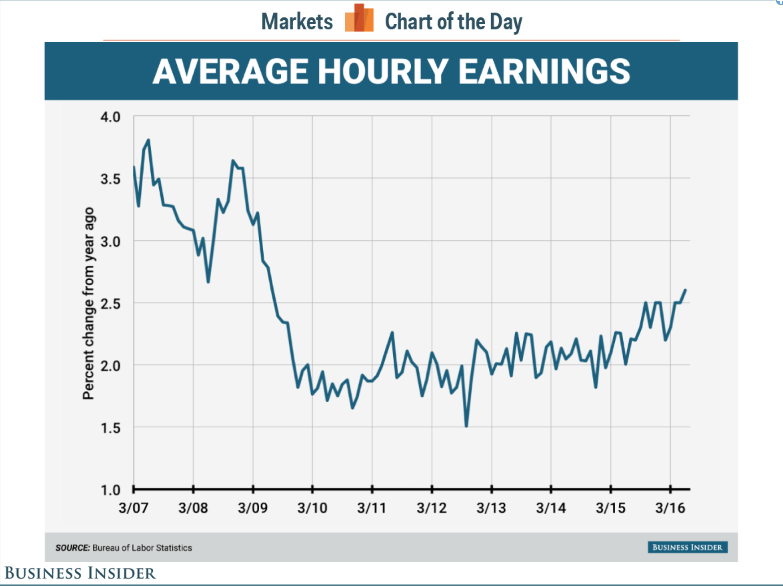What the heck is the Rooney Rule?
“The Rooney Rule is a National Football League policy that requires league teams to interview minority candidates for head coaching and senior football operation jobs. It is sometimes cited as an example of affirmative action, though there is no quota or preference given to minorities in the hiring of candidates.”
Basically, in 2003 the NFL decided that finally, enough was enough in a league where the majority of its players are black and the majority of its head coaches are white. The Rooney Rule was established to try and fix this issue. When it first started it was more effective than previous hiring cycles and 26% of hires in the NFL for head coaches were of minority hires.
ESPN’s Outside the Lines discovered the problem has gotten worse, not better, over the past five years only where 1 out of 22 hires has been a minority head coach.
So, what happened?
It’s classic corporate problem fixing. The try and cure a symptom of the problem and not the problem. Follow my logic:
- We need more minority hires!
- The problem is perceived to be we don’t hire minorities, if we did, it would solve our problem. Minority coaches are just as good as white coaches, they just aren’t getting interviews.
- Look it works! We started mandating you had to interview minorities and instantly minority hiring went up. Give us a trophy!
Then, it stops working.
The Rooney Rule stopped working because interviewing potential minority head coaches was not the issue. The issue is we have a lack of minority coaches in general. I’m not sure why this is, but I have a theory.
When I was growing up many of my white male friends had a dream. That dream was to play college sports. Probably very similar to most black males of that same age. The other part of that dream was that would come back, teach gym and coach. I think this is where the paths separated in the coaching funnel.
I have three sons, all of whom play sports. When I hear them talk with their friends, I still hear the difference. The white kids want to be teachers and coach as a profession. The black kids don’t talk about this path as often. All of them want to play college athletics, but it would seem from my experience that at some point white kids believe teaching and coaching as a viable career and blacks are less likely to believe this is their career path.
Obviously, this is very anecdotal. I’m one guy with one experience, but I did coach youth sports for 17 years and saw this happen time and time again.
The Rooney Rule is failing not because minorities aren’t getting interviewed. The Rooney Rule is failing because not enough minorities are getting an opportunity to coach, or are not choosing the coaching path as a career. One other issue that comes into play here is obtaining at least a four-year college degree and the access to affordable education.
For those who don’t know most NFL coaches get their start by coaching in the NCAAs. To coach in the NCAAs you must have a four-year degree at almost every school I’ve ever heard of. In fact, there have been NCAA head coaches fired for lying about having a degree and it was found they actually didn’t when switching jobs and the new institution did a degree verification.
So, why should you care about NFL diversity hiring?
In a nutshell, this is all of our organizations trying to diversify our workforce. If you don’t try and fix the real problem, getting minorities to believe your profession is a viable career path, you’re never going to fix your issue, you’re just going to poach the few in the field from each other. That means you need specific minority scholarship programs, minority internship programs, etc. At a level, that is commensurate with the level of hiring you’re trying to achieve!
I hear executives all the time talk about increasing minority hiring, but it’s just talk, not programs and dollars. This is the NFL’s issue as well. The NFL needs to specific program under the Rooney Rules that gets teams to hire more minority coaches in general, not just head coaches. They’ve begun with the NFL Minority Fellowship, which in 2015 had 134 participants, and their is hope this will have an impact in the future. Programs like these are what organizations need if you’re serious about diversity hiring.



